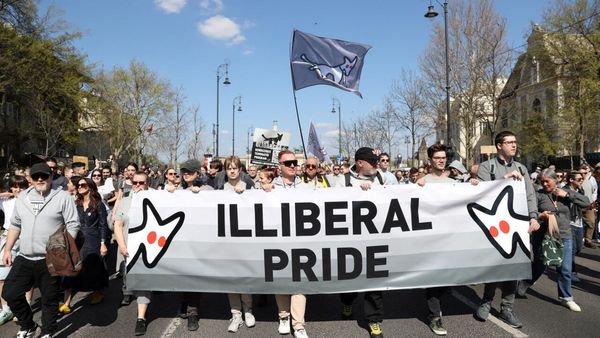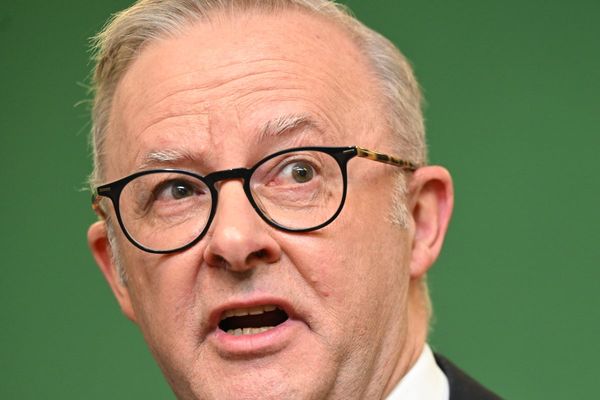The public inquiry into the fire at Grenfell Tower has concluded that the tragedy was the result of “decades of failure” by government and other bodies to effectively regulate the safety of high-risk residential buildings.
The fire, which caused the deaths of 72 people and permanently transformed the lives of the survivors, families and bereaved communities around West Kensington, was also the result of “systemic dishonesty” on the part of several construction companies.
These firms deliberately placed profit above their obligations towards safety, according to Sir Martin Moore-Bick’s report. They “engaged in deliberate and sustained strategies to manipulate the testing process, misrepresent data and mislead the market” over the compliance of their products with national regulations.
They were enabled to do this in the absence left by an uncaring state that turned its back on regulating public safety from the 1980s onwards.
As Peter Apps, author of the excellent book Show Me The Bodies: How We Let Grenfell Happen, has summarised: “The state stepped back, corporate greed stepped in and innocent people died”.
The report includes major criticisms of the Building Research Establishment (BRE). This former government body researched and tested construction materials and products in the interest of public safety up to its privatisation in 1997. From that point BRE became a commercially-driven organisation working in partnership with the building and materials industry rather than working for the public.
Having once “held a trusted position within the construction industry” and been “recognised both nationally and internationally as a leader in fire safety”, the BRE has lost legitimacy. Only radical overhaul can return it to its roots as the custodian of building and fire safety research.
Created in 1972, the BRE dates from an era of more active government. It played a fundamental role in improving public safety, both in terms of testing the conditions under which new building materials could be used safely, while also establishing tests for new consumer products, including everything from storage heaters to furniture.
Ironically, the BRE was founded at the same time that rightwing politicians, businesses, thinktanks and newspapers were increasingly vocal in their criticism of the government for exercising too much control over everyday life, and strangling free markets with excessive burdensome regulations.
This led to the systematic loosening and eradication of “red tape”. Firefighters in particular were singled out for their excessive approach towards enforcing proper escape procedures in hotels, flats and nursing homes. The government looked for ways in which lifesaving fire precautions could be provided “as economically as possible”.
This was the environment in which the BRE was privatised in 1997. The successful bid, from an in-house management team, was questioned by the Labour opposition, but rushed through parliament in the weeks before the general election.
John Gummer, secretary of state for the environment at the time, defended the decision as in keeping with the Conservative government’s commitment to “press forward with deregulation where appropriate and sensible”.
The BRE had been unshackled from the burden of having to answer to government and was now free to “exploit its world-class capabilities both in the UK and internationally”. It is noticeable that its first moves as a commercial body were to expand into international markets while making 115 of its 677 staff redundant.
The decision was a blunt political instrument rushed through parliament at a time when emerging fire risks demanded greater attention to public safety. Successive building fires raised questions about the safety of new cladding materials.
‘Showpiece’ fire in Liverpool
In 1991, a fire spread rapidly up newly installed rainscreen overcladding on the 11-storey Knowsley Heights in Liverpool, fortunately without casualties. This was a £1 million refurbishment project described as a “showpiece” for the revitalisation of tower blocks up and down the country.
Instead, it should have become a showpiece for the dangers associated with overcladding. And it would have, had the BRE drawn the government’s attention to the catastrophic way the external wall system reacted to fire.
Instead, the BRE’s report into the Knowsley Heights fire was cited in the Grenfell report for failing “to identify or assess important contributory factors”.
It is also fair to state that the government was aware of the dangers associated with cladding but chose to ignore them. Indeed, its own body for administering the national cladding programme requested its press officer to “play down the issue of the fire” and it was dismissed as “insignificant”.
Following a deadly 1999 fire at a tower block in Irvine, Scotland, a parliamentary committee investigated the dangers of cladding fires. It recommended clearer guidance to ensure that cladding would be “entirely non-combustible”. But this, too, was ignored by ministers in favour of the BRE’s own “large-scale testing” as a route to compliance.
Yet, as the Grenfell inquiry’s final report details, the BRE’s own testing process was flawed and subject to manipulation by “unscrupulous” manufacturers. Indeed, Moore-Bick accuses senior BRE staff of “unprofessional behaviour” in advising customers on the best way to pass their tests and secure compliance with regulations.
The BRE was no longer a custodian of public safety after 1997. Privatisation generated an environment in which government “deprived itself of the full benefit of BRE’s advice and experience”.
While the BRE’s work, especially as it pertains to the safety of external walls, became increasingly marred by “unprofessional conduct, inadequate practices, a lack of effective oversight, poor reporting and a lack of scientific rigour”, according to the report.
BRE said it will “be reviewing the report and its recommendations and will continue to work constructively with government to ensure the new building safety and testing regime delivers on the findings of the Inquiry’s report and is fit for purpose”.
What happens next?
Although the Grenfell inquiry stopped short of calling for the BRE to be taken back under public ownership, it recommends creating a single national construction regulator to take responsibility for its core activities of testing and certification.
Taking the BRE under national ownership, as advocated by the London mayor, Sadiq Khan, and the Fire Brigades Union, would signal a decisive shift towards making building and fire safety research a national priority again.
We will not wait another seven years for justice to be served. The prime minister has promised “full accountability, including through the criminal justice process … as swiftly as possible”. We will hold him to account for this.
Shane Ewen receives funding from the Arts and Humanities Research Council and the Arts and Heritage Lottery Fund.
This article was originally published on The Conversation. Read the original article.







